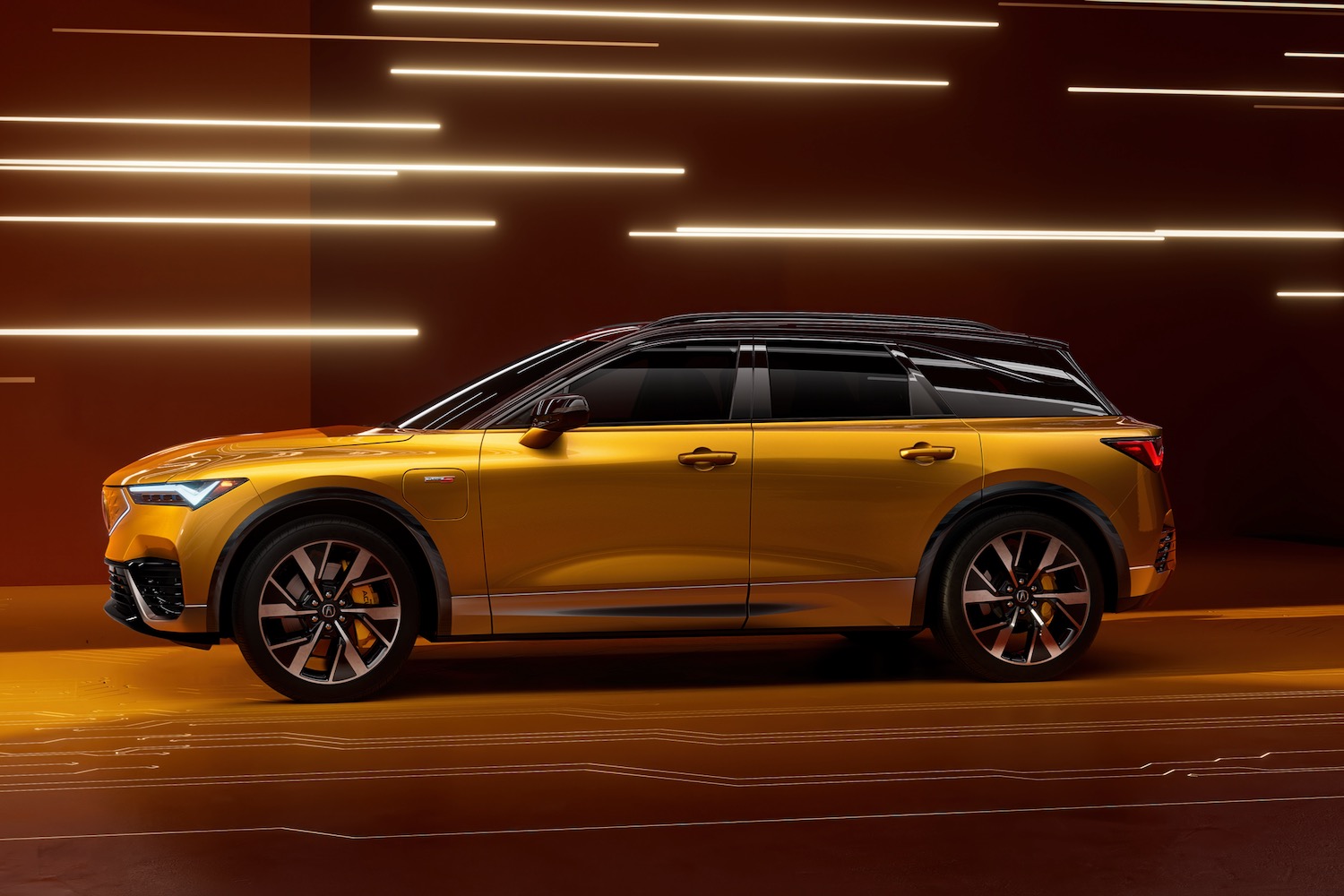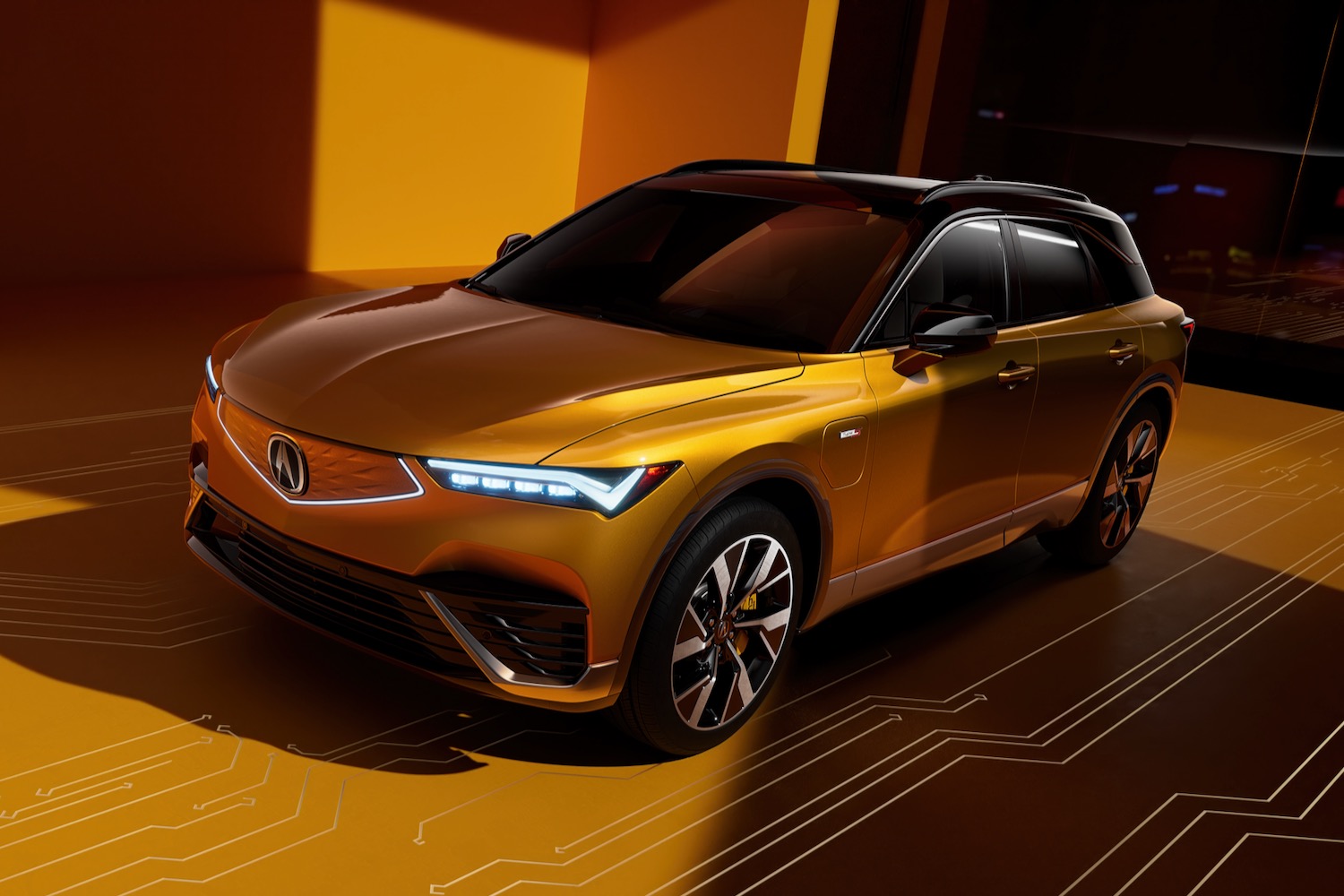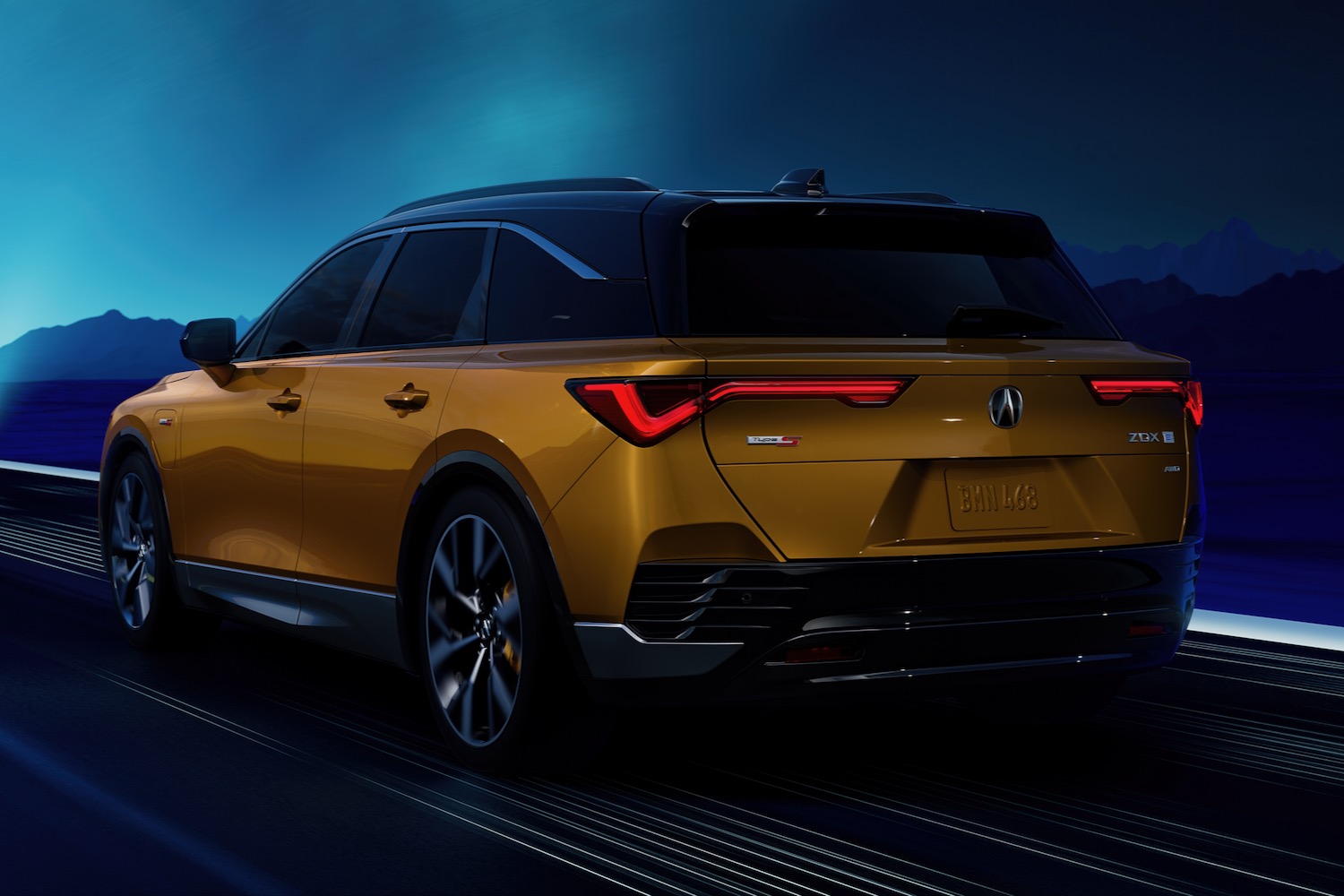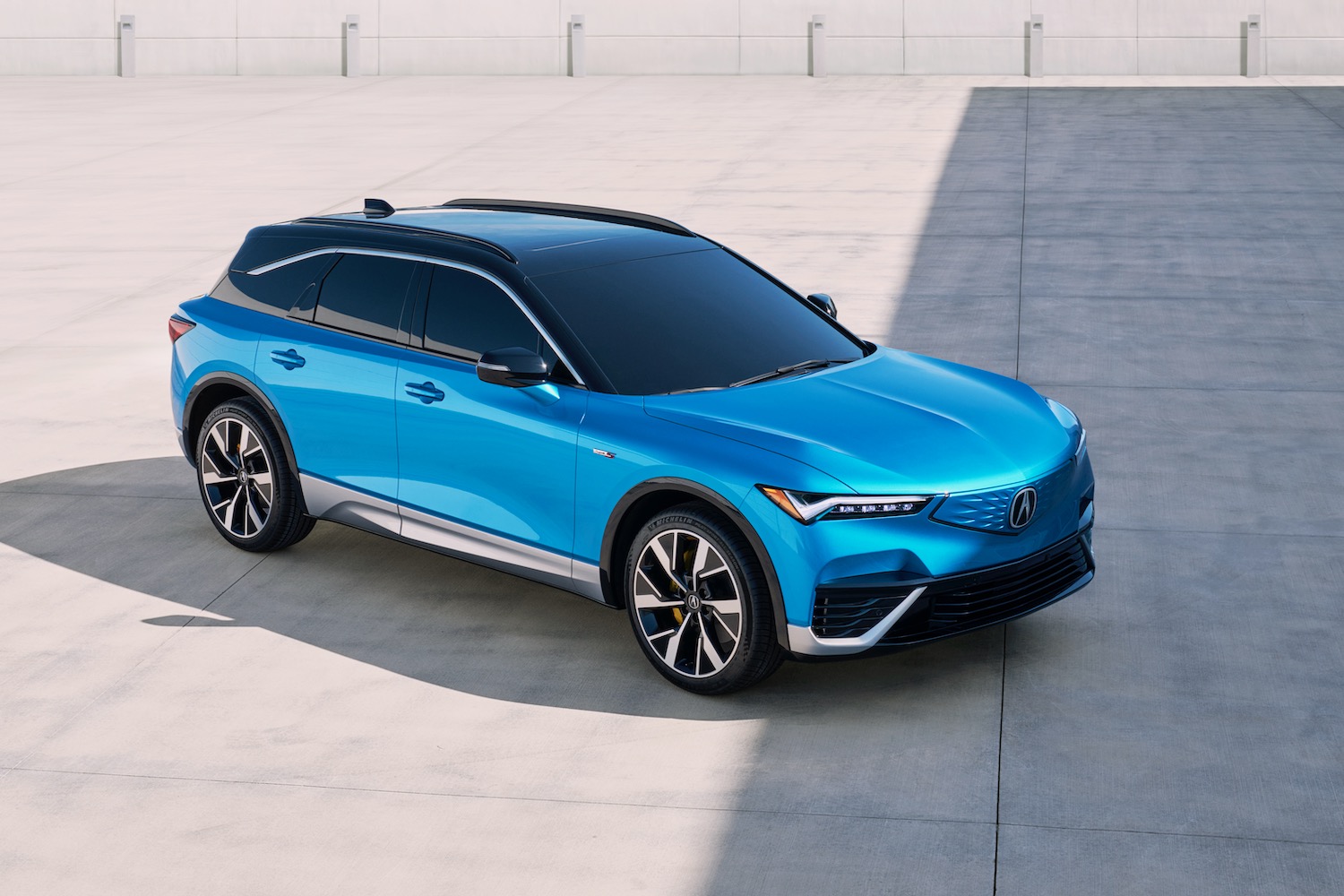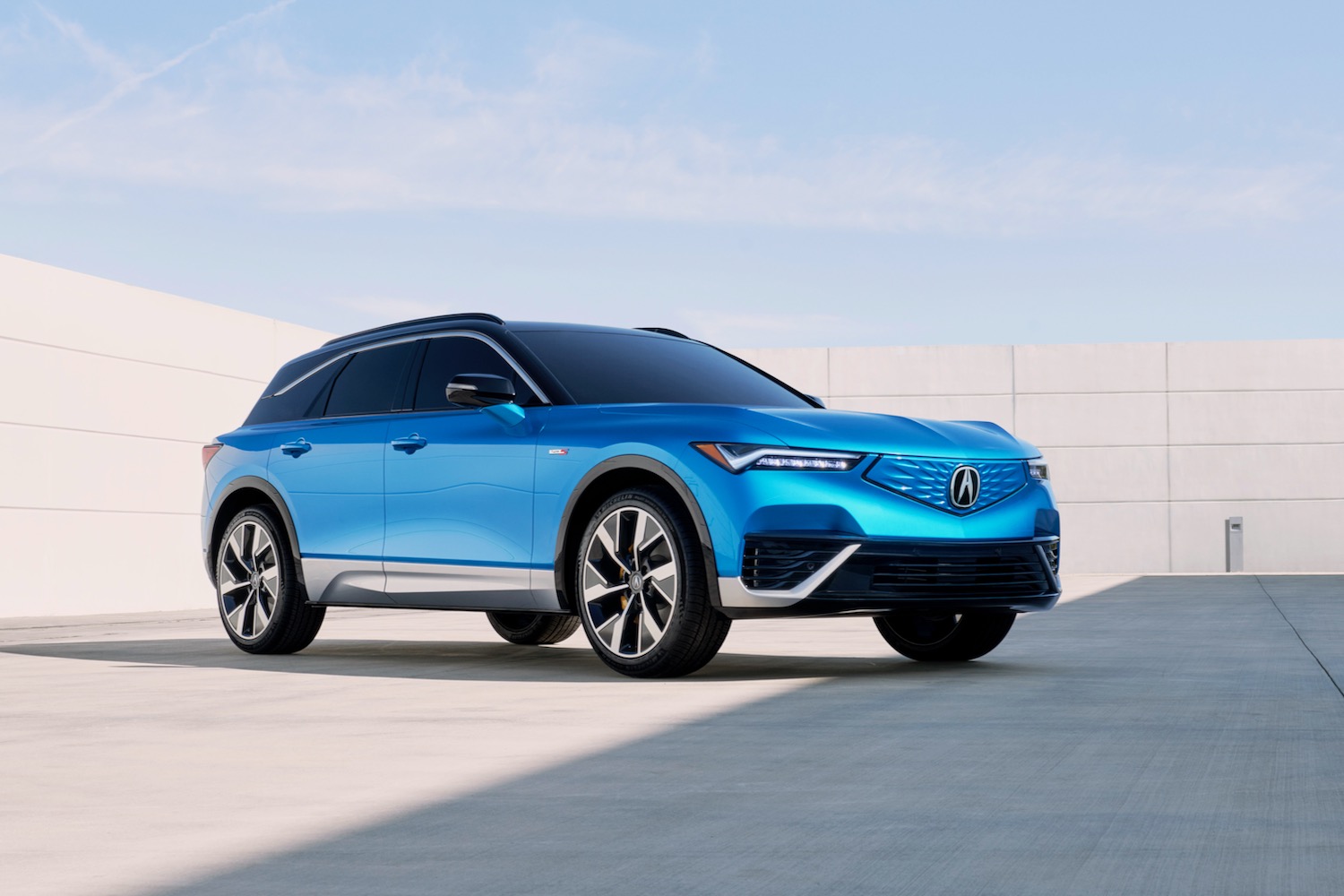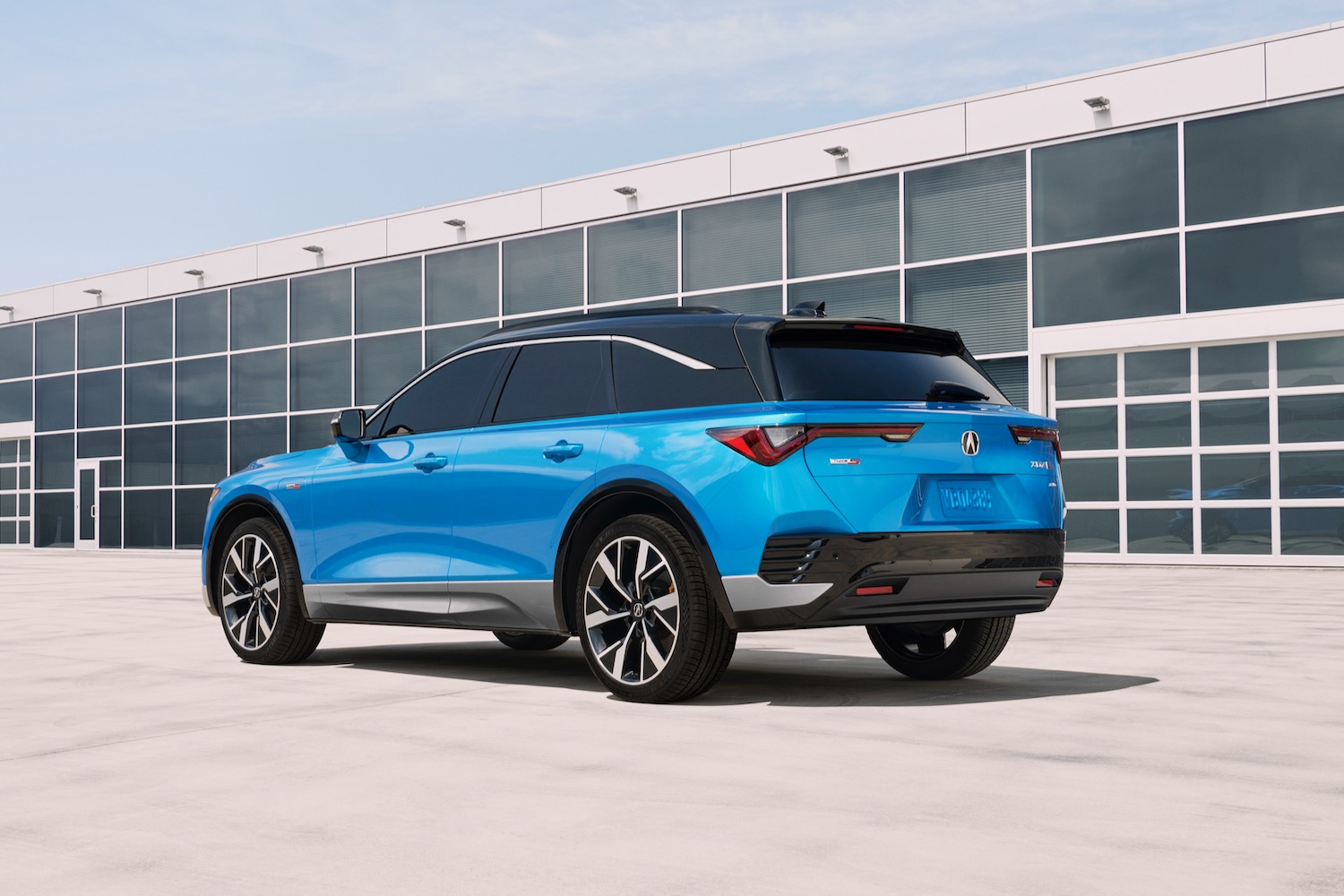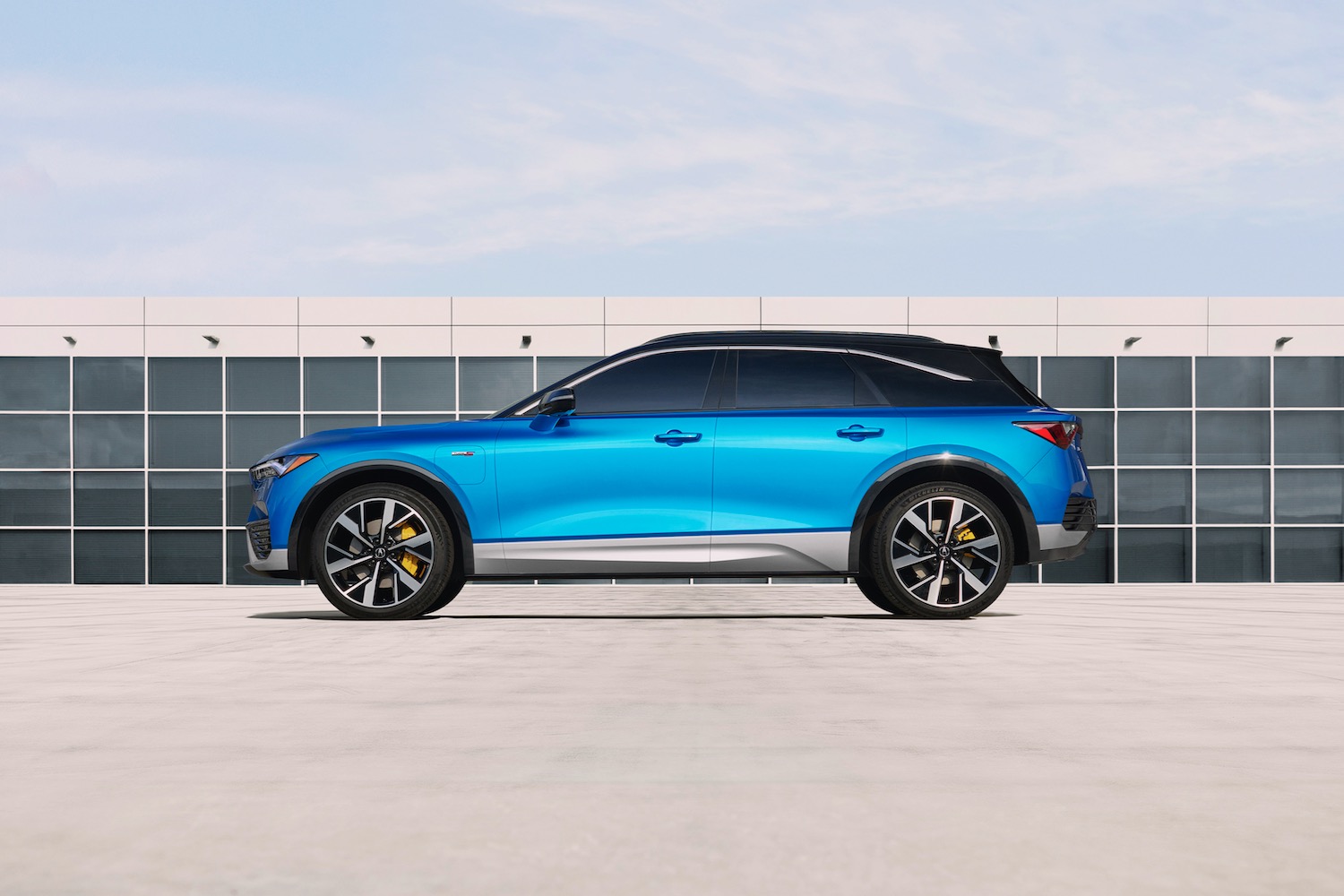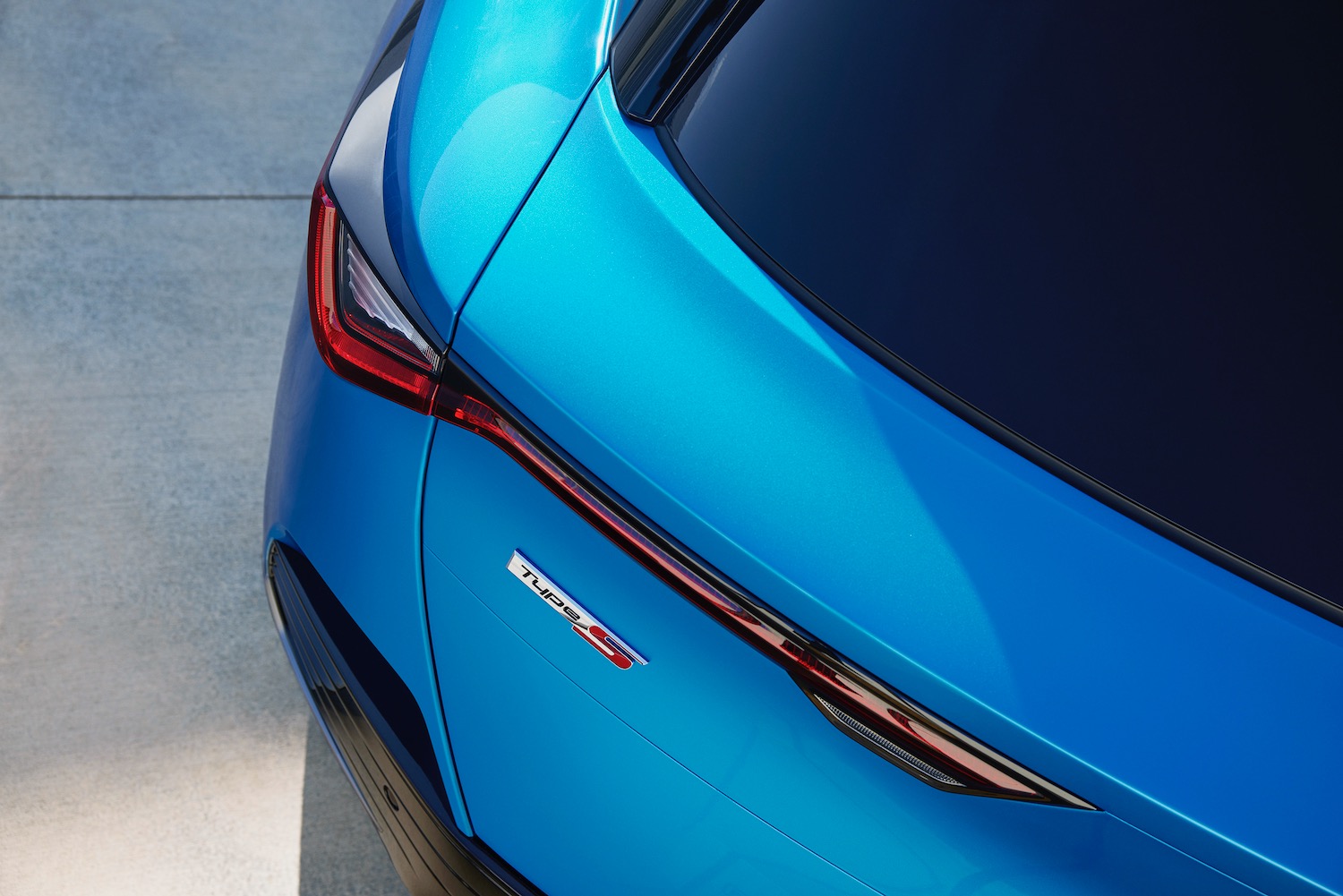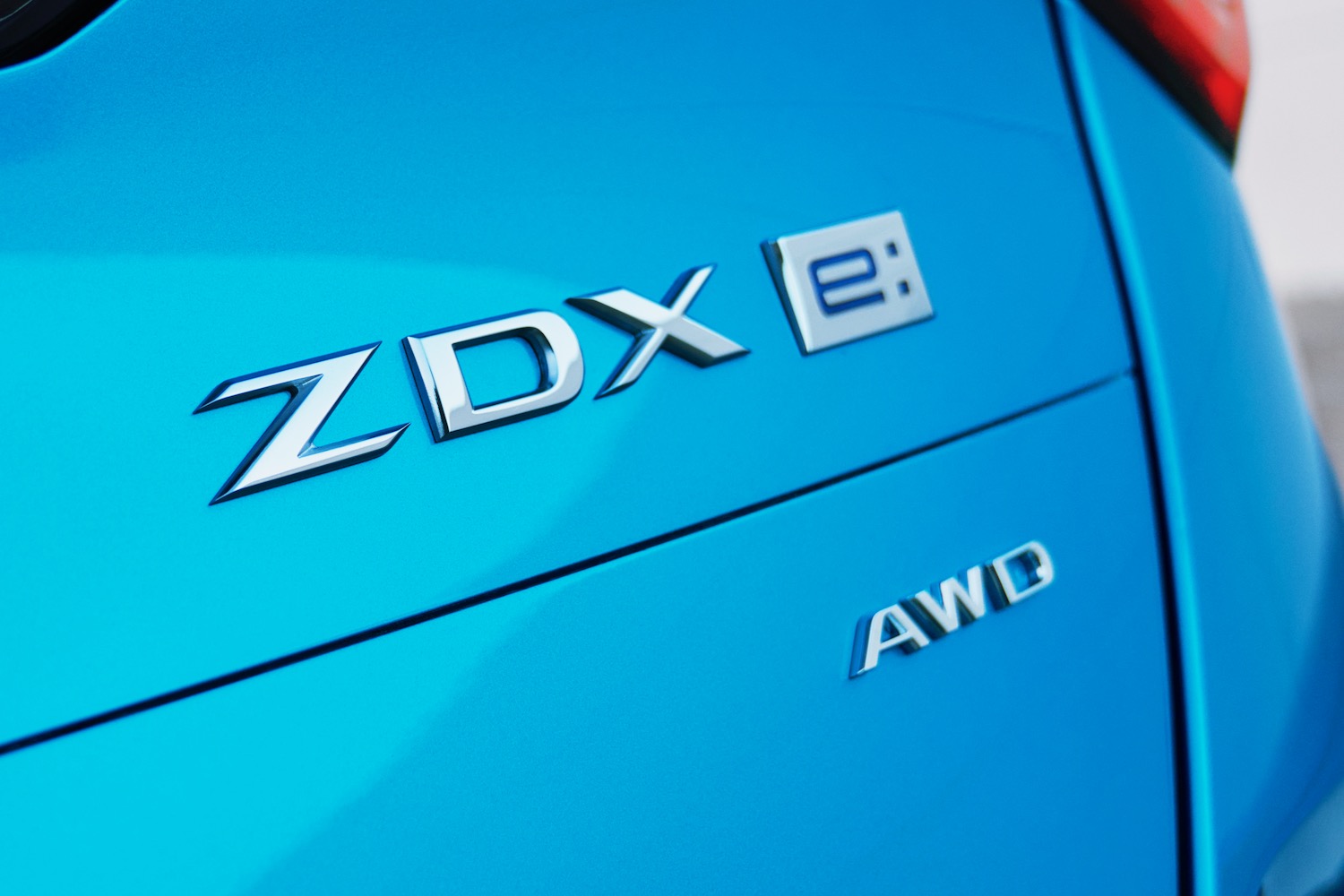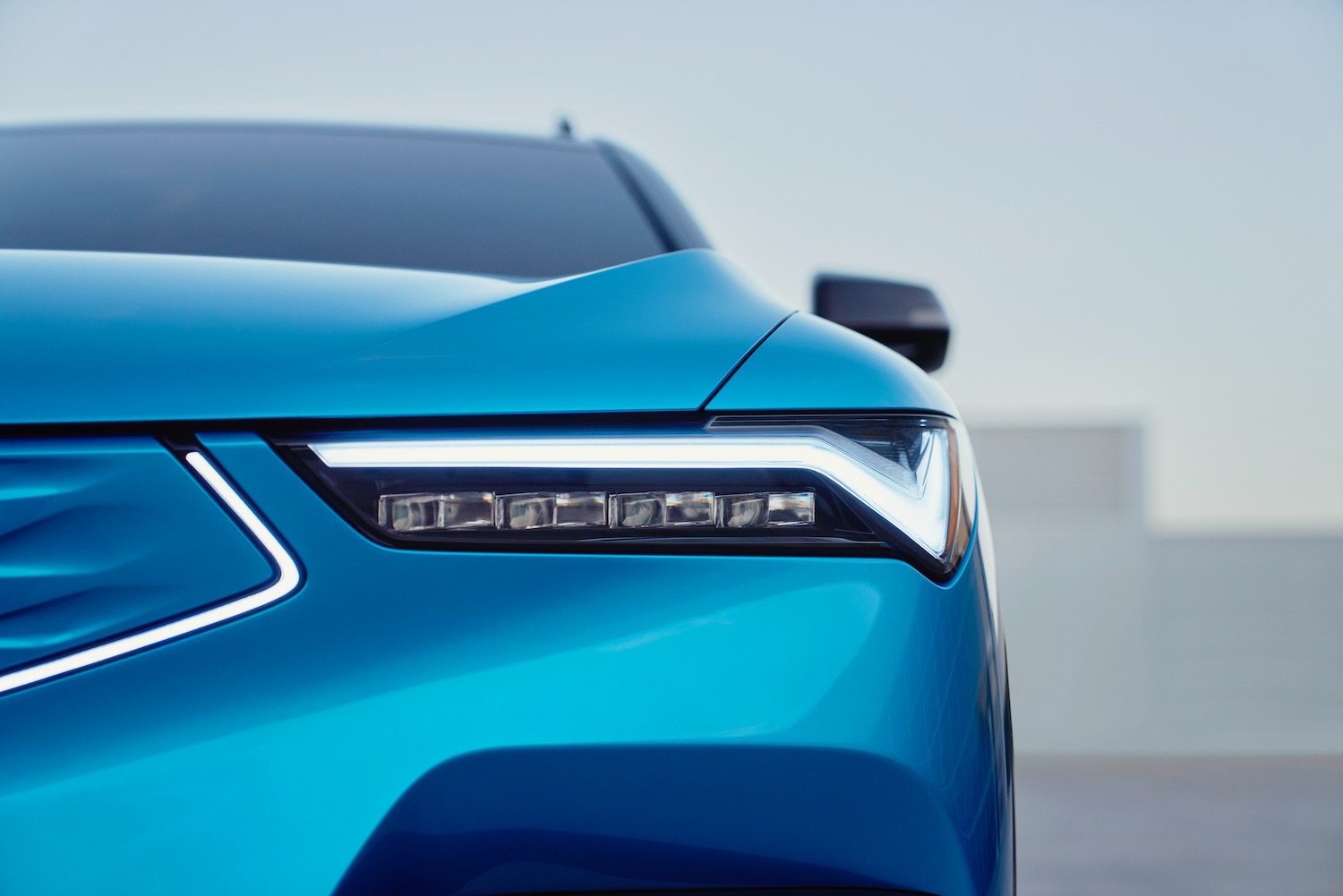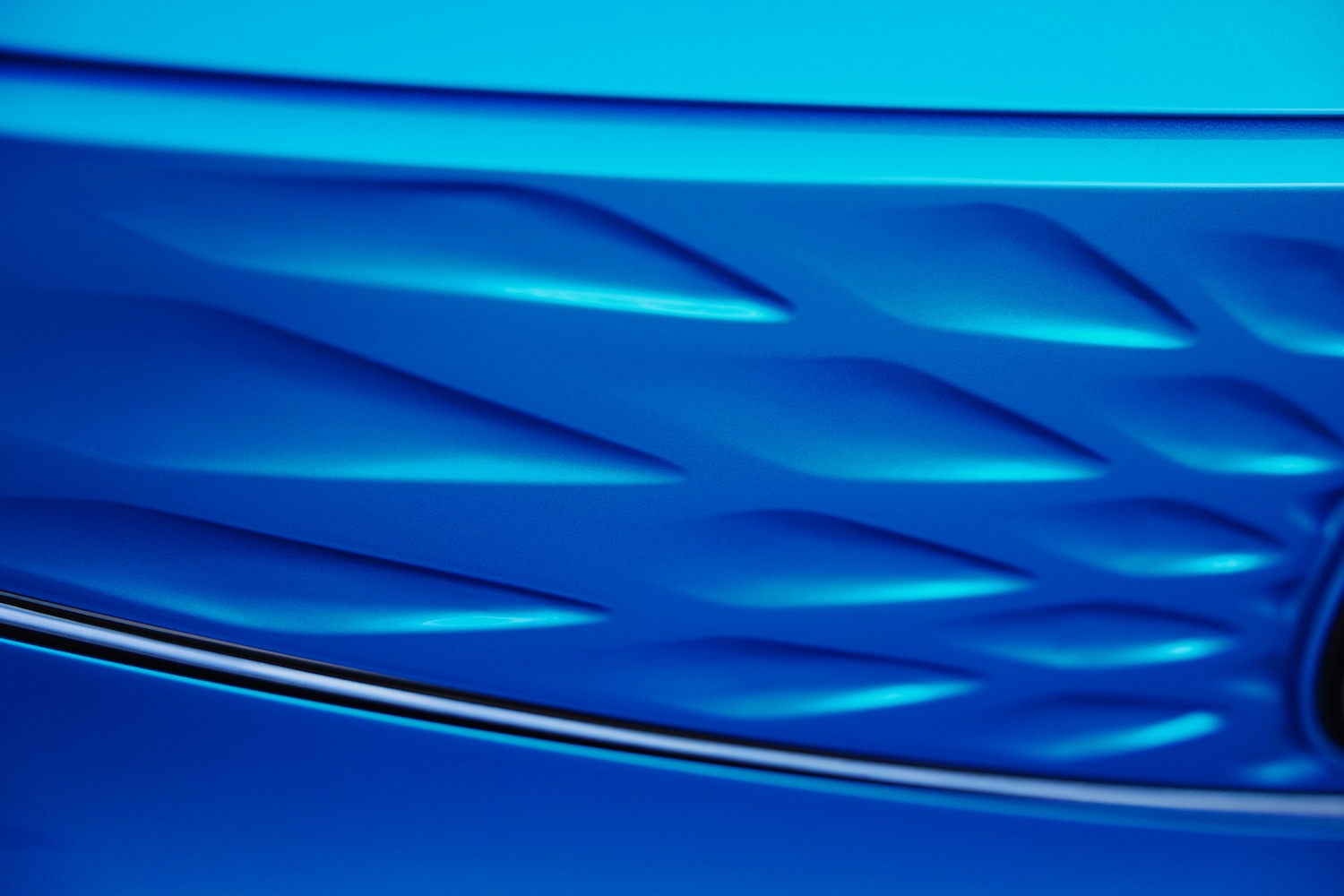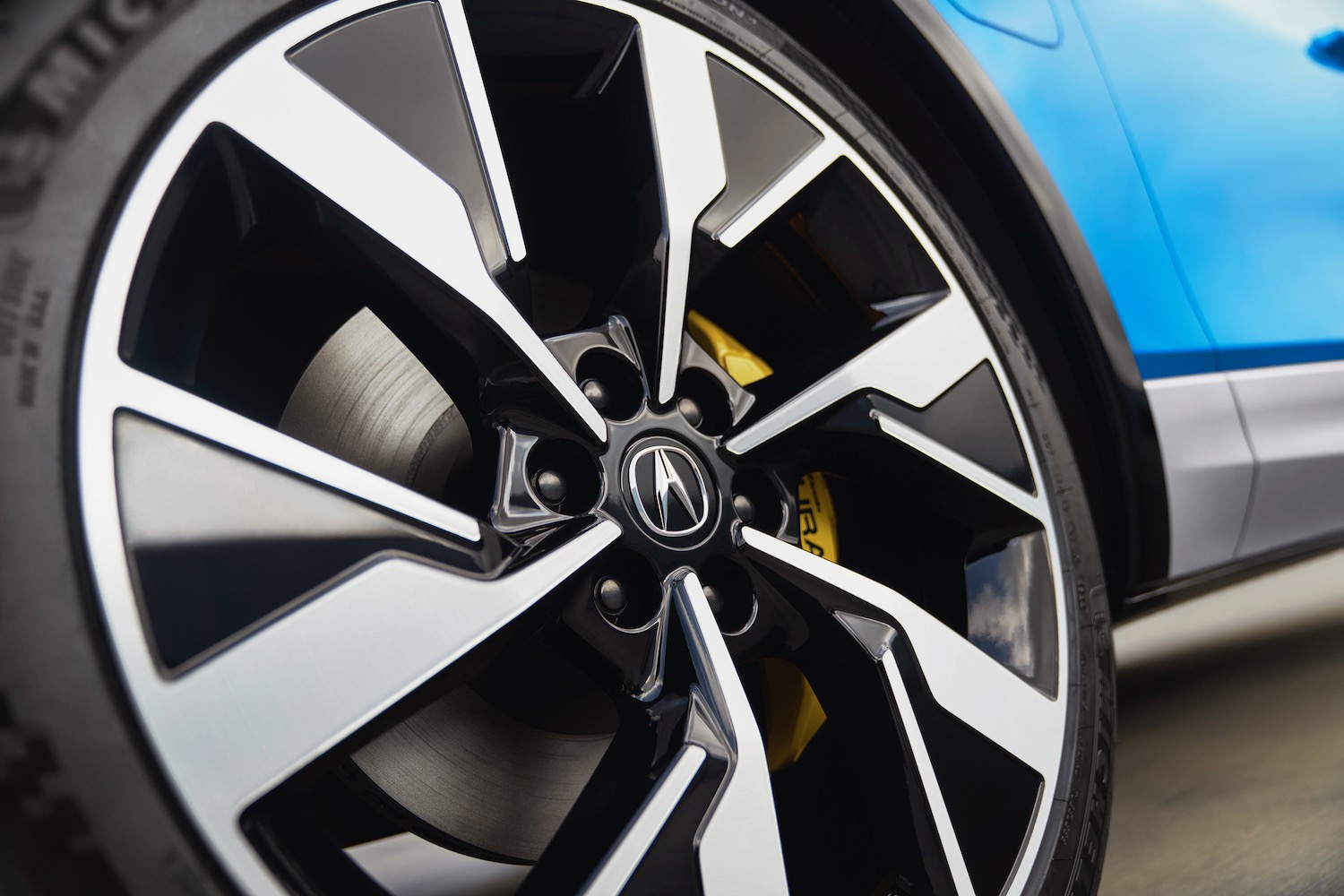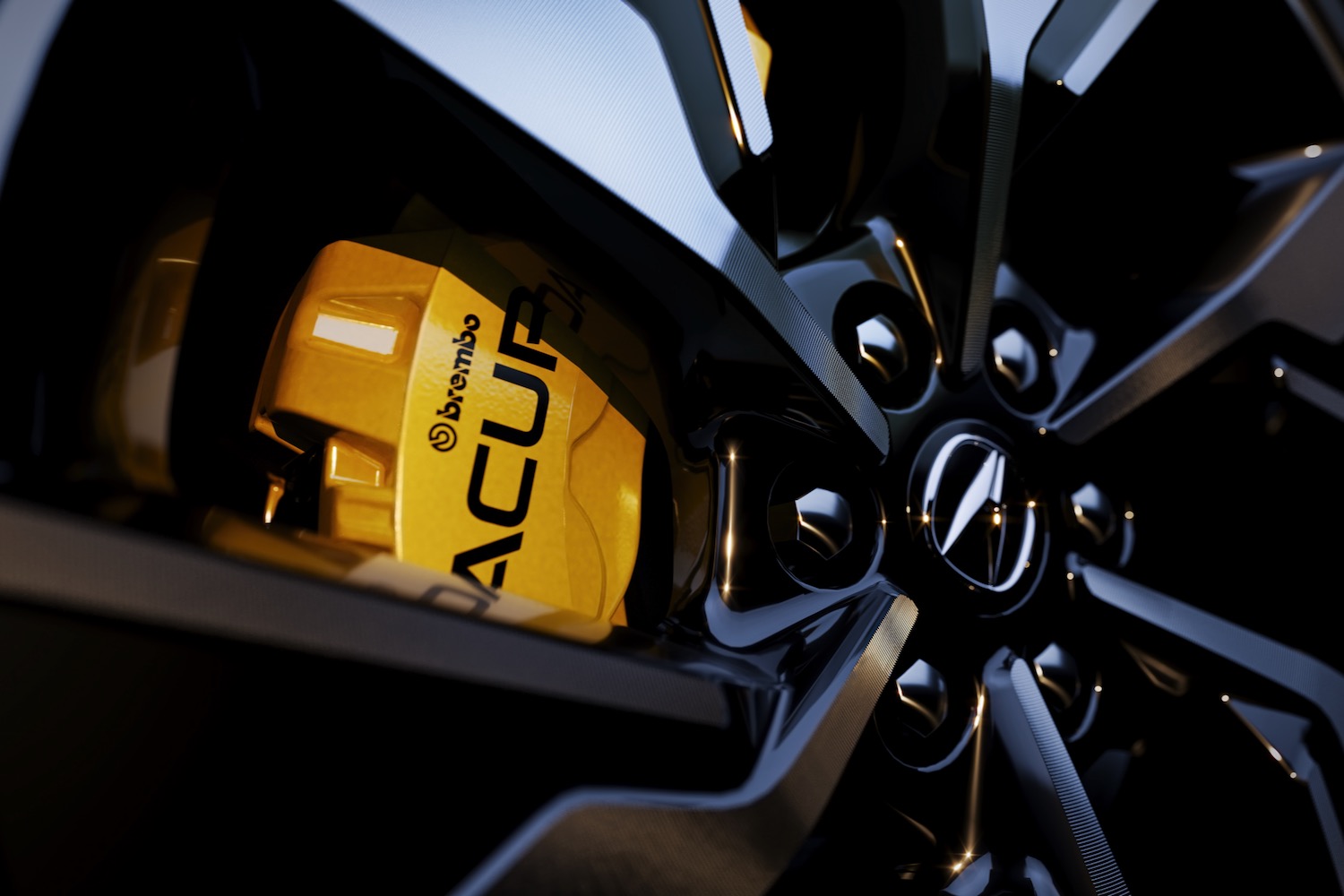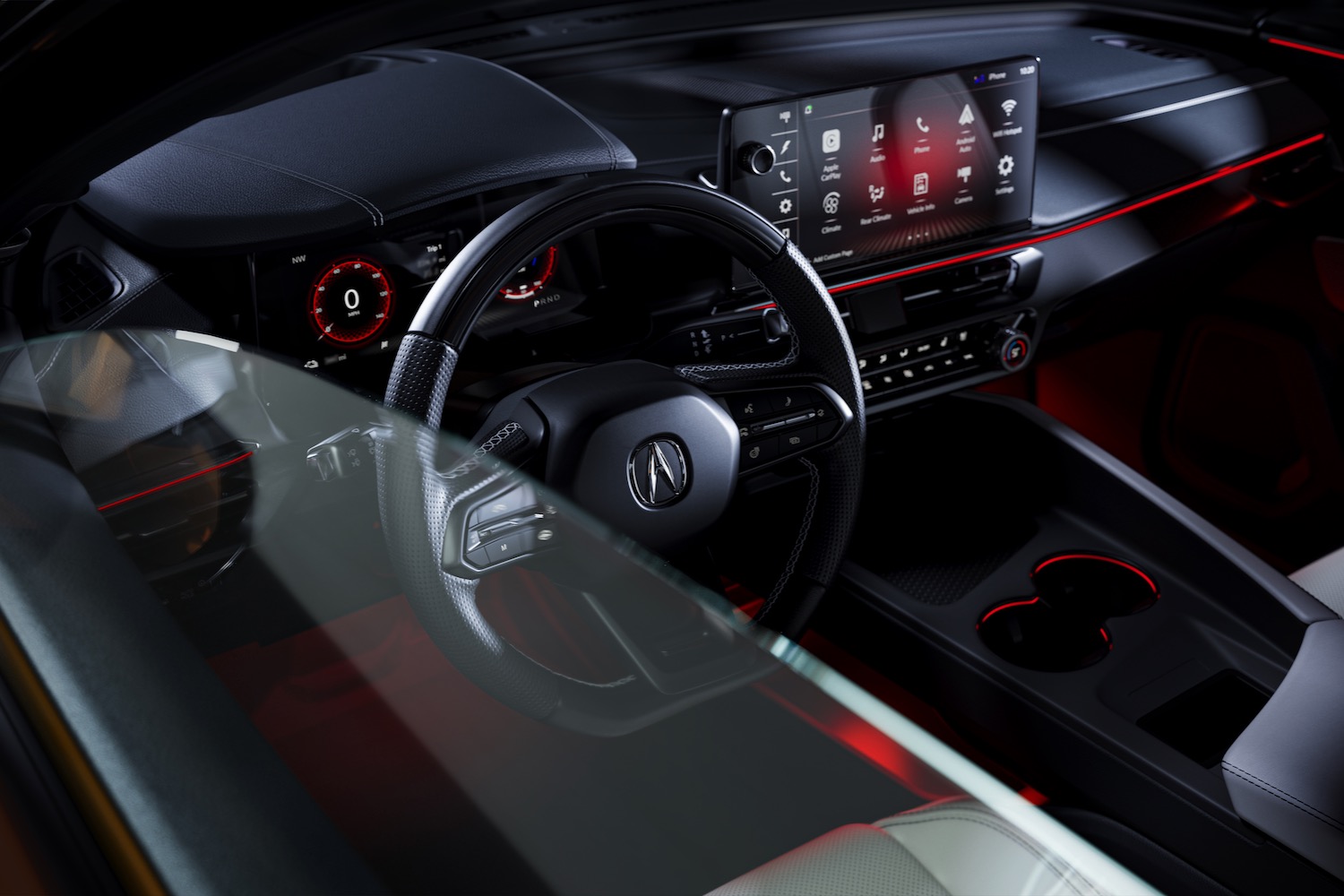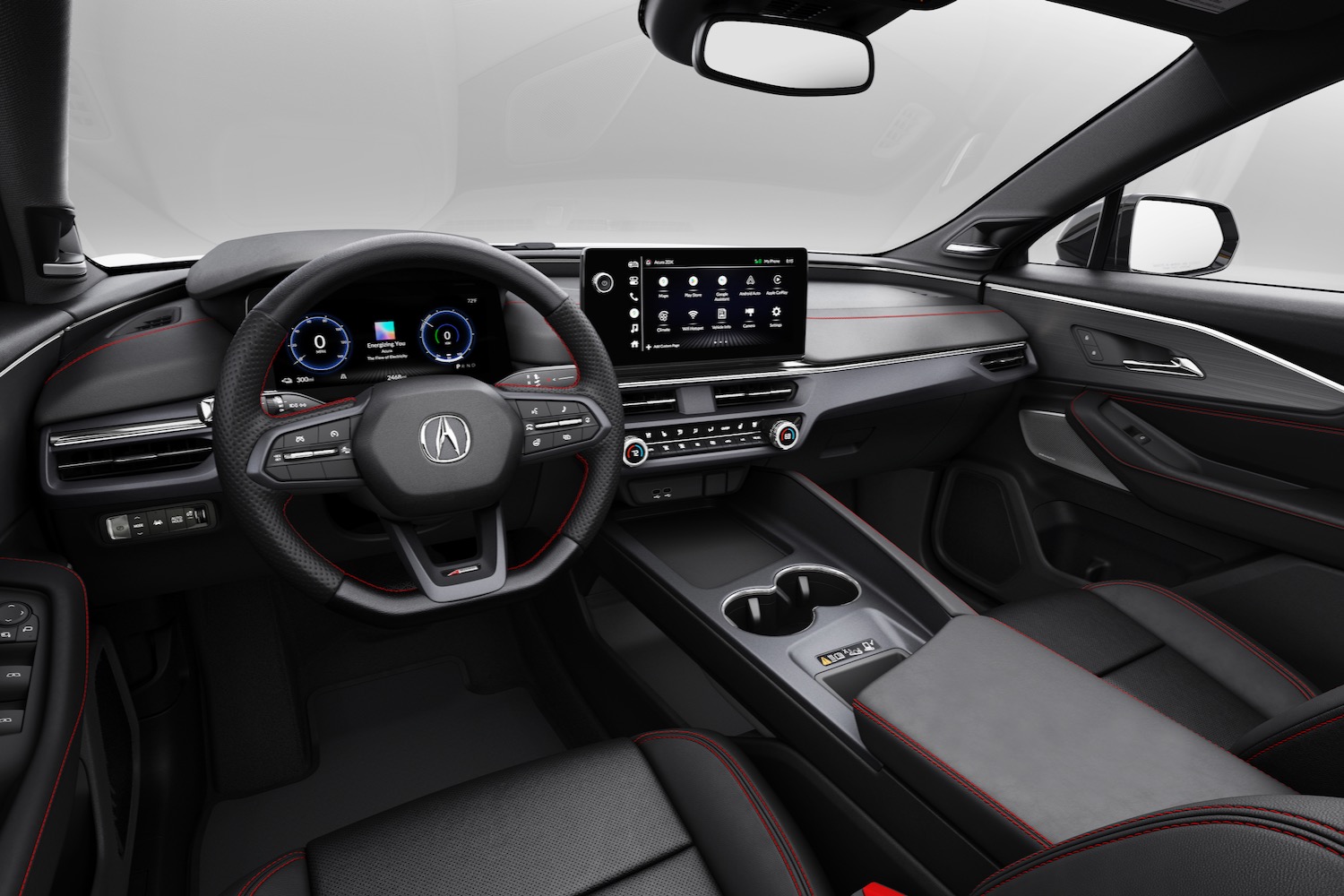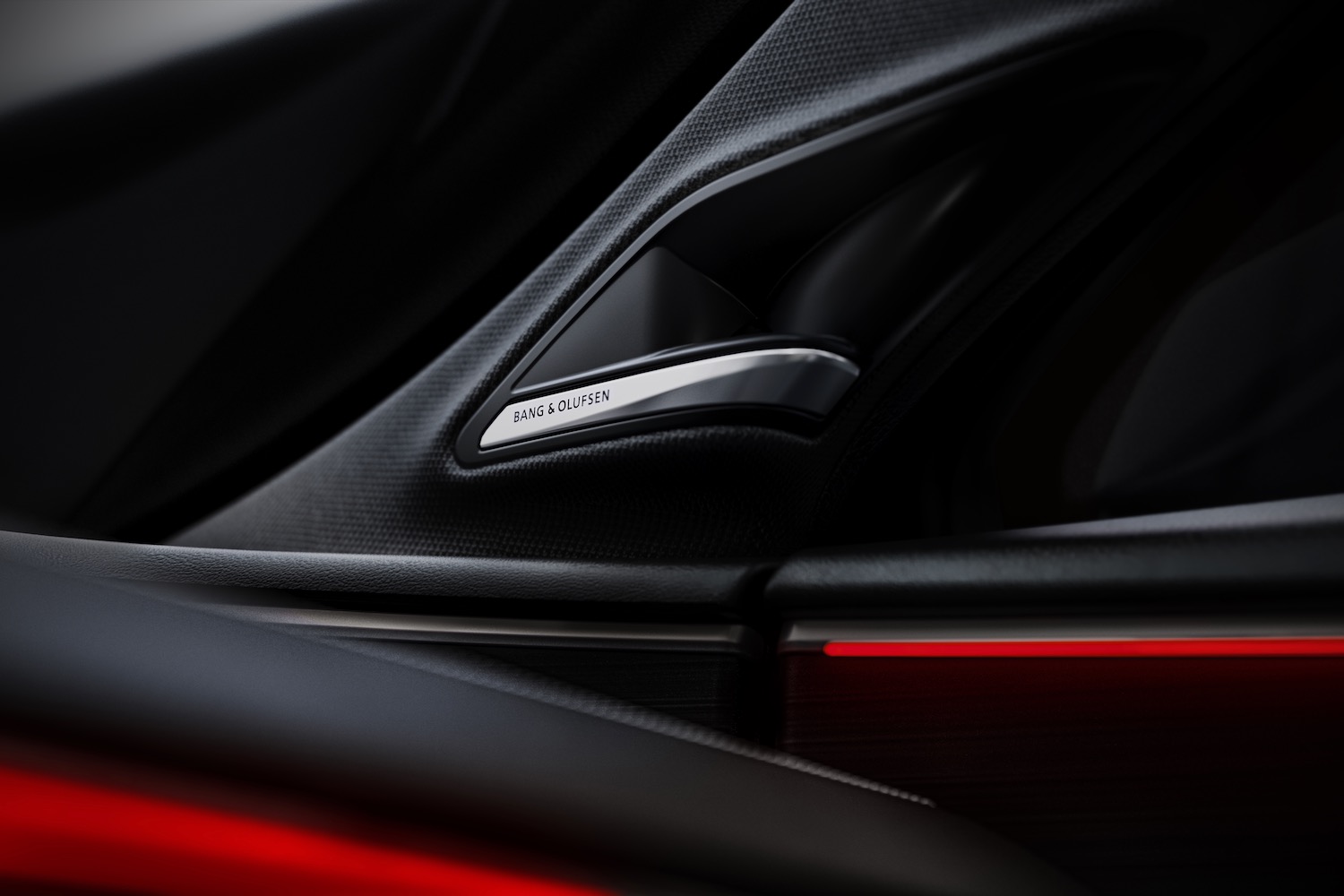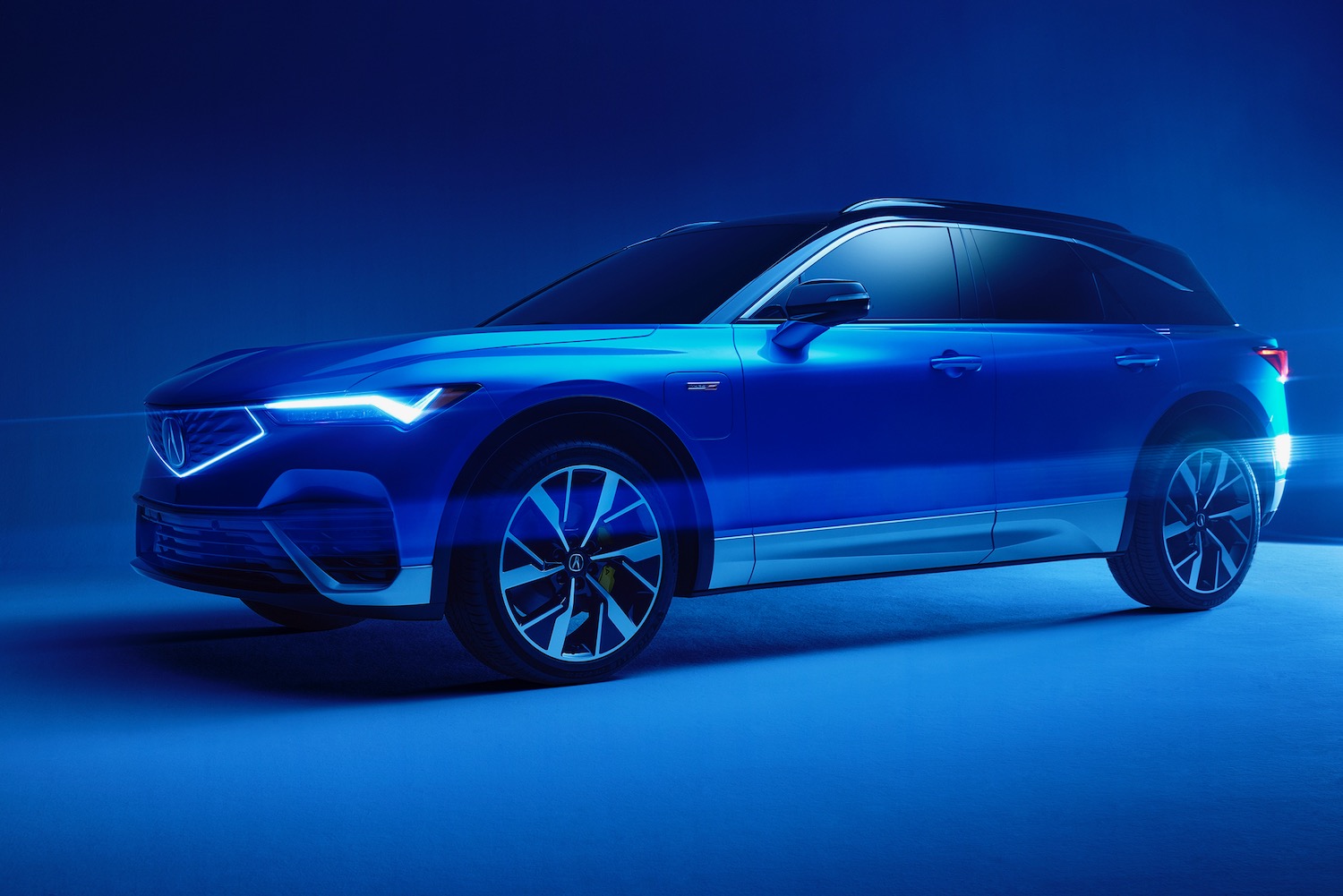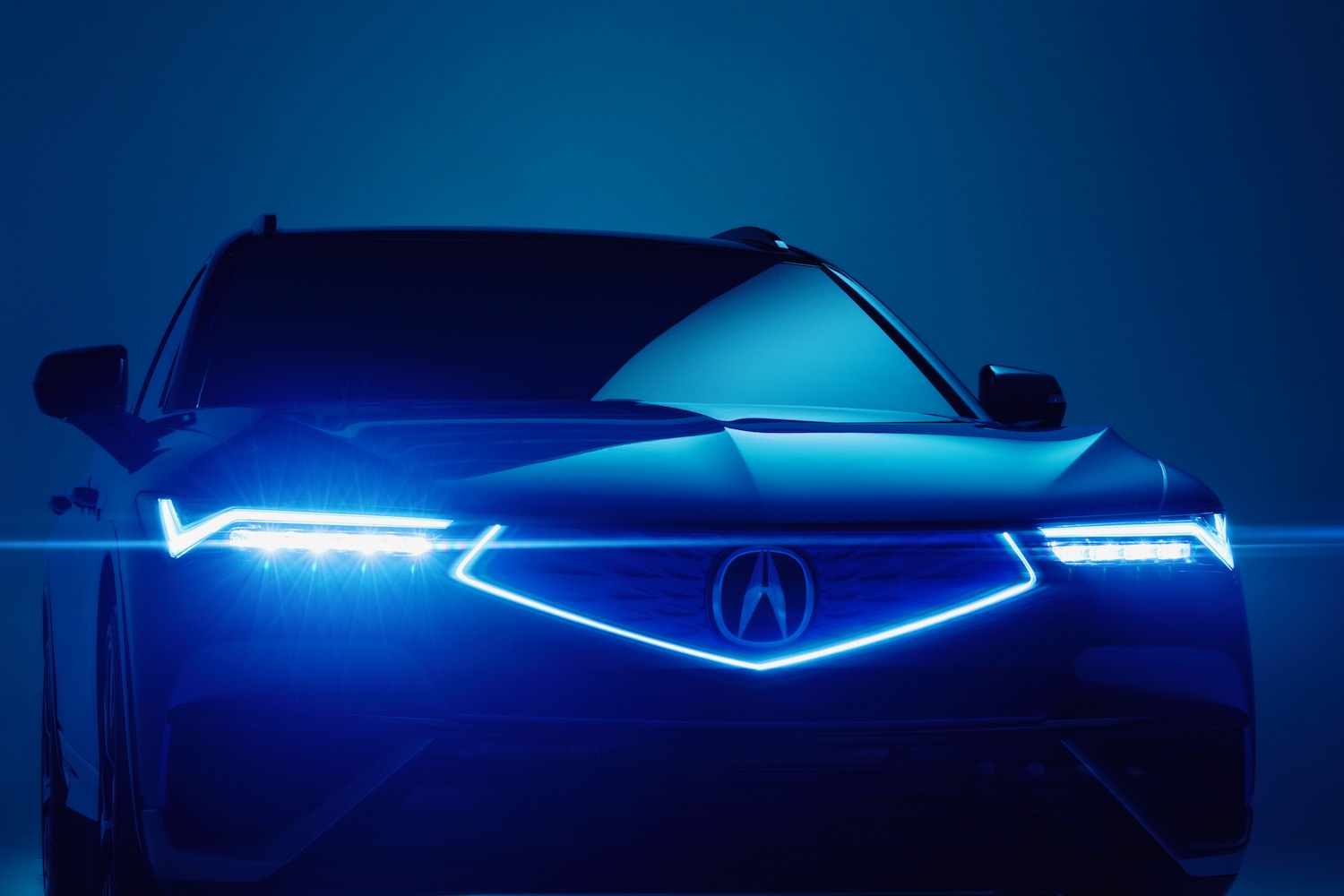Acura is a little late to the EV game, but it’s found a clever way to catch up. Scheduled to start deliveries next year, the 2024 Acura ZDX is the luxury brand’s first EV, mixing Acura design elements and a mostly forgotten name from the brand’s recent past with General Motors Ultium hardware.
The original Acura ZDX was one of the first “SUV coupes,” combining the tall ride height of a traditional SUV with a low roof that was more form than function. While this subgenre of SUV later took off, the ZDX was not a sales success, lasting only from the 2010 model year to 2013.
The new, all-electric 2024 ZDX has much more conventional styling than its namesake — and many other EVs. Inspired by the Acura Precision EV concept unveiled last year, not much about the styling indicates that the ZDX is an EV except an exaggerated wheelbase length to accommodate the battery pack.

This is also where the ZDX’s GM DNA starts to show through. As in all Ultium-based EVs, the wheelbase is keyed to the battery pack size. And the ZDX’s 121.8-inch wheelbase and 102-kilowatt-hour battery pack match the Cadillac Lyriq. However, Acura estimates single-motor rear-wheel drive versions of the ZDX will have 325 miles of range, compared to 314 miles for the Lyriq. Dual-motor all-wheel drive versions will max out at 315 miles, compared to the Cadillac’s 307 miles.
These numbers apply to the base ZDX A-Spec, which will make 340 horsepower in rear-wheel drive form, and an undisclosed amount of power with all-wheel drive. The higher-level ZDX Type S gets a performance-tuned dual-motor powertrain with 500 hp, although estimated range drops to 288 miles.
A maximum DC fast charging power rate of 190 kilowatts isn’t very impressive, but Acura estimates that will be enough to add 81 miles of range after 10 minutes of charging in the single-motor A-Spec model. The automaker will also offer an Acura Home Electrification online marketplace to help get owners set up with charging equipment and installers.
The interior is decidedly Acura-like, with a hooded 11.0-inch digital instrument cluster and freestanding 11.3-inch touchscreen that runs wireless Apple CarPlay and Android Auto. In a first for Acura, and likely another example of GM’s influence, the ZDX gets Google built-in apps, including Google Maps, Google Assistant, and Google Play. Another new-to-Acura feature is the standard 18-speaker Bang & Olufsen audio system.
The expected array of driver-assist features comes standard under the Acura Watch banner, along with new-to-Acura rear cross traffic braking, blind zone steering assist, and rear pedestrian alert. The AcuraWatch 360+ system adds Hands Free Cruise, which appears to be a rebranding of GM’s Super Cruise system, and automated parking assist.
Pricing is expected to start in the $60,000 range for the base ZDX A-Spec, and in the $70,000 range for the sportier ZDX Type S. That puts the ZDX right in the heart of an electric luxury SUV market that includes not only the Lyriq, but also the Audi Q8 e-tron, Jaguar I-Pace, Mercedes-Benz EQE SUV, and the more rugged Rivian R1S.
